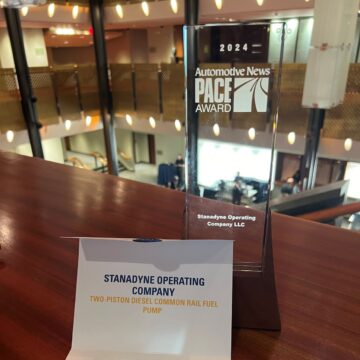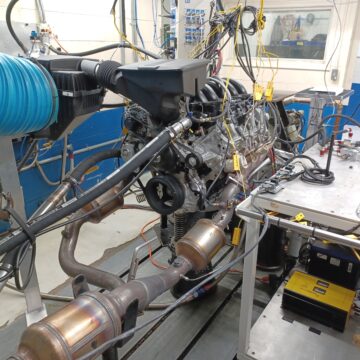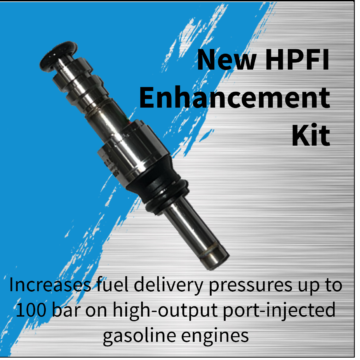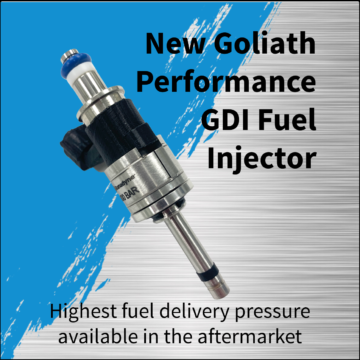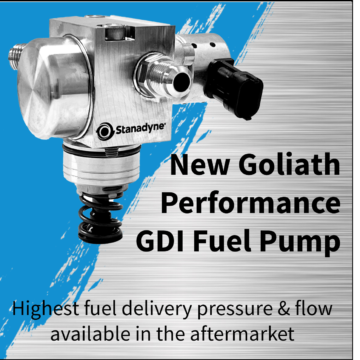About Us
Stanadyne is a global automotive technology leader in engine-based fuel and air management systems. We specialize in pioneering technologies in gasoline and diesel fuel injection systems for the engines that make our world move, and in aftermarket and remanufactured components that help keep those engines on the road. Our best-in-class products offer superior quality and a competitive edge, delivering power, performance, and efficiency, and enabling our customers to stay ahead of rapidly evolving emissions and consumer demand.
Founded in 1876, our experience is rooted in the foundation of the automotive industry, and we’ve been a trusted partner serving some of the most well-known brands for more than 60 years. In 2019, we acquired PurePower Technologies, a leader in engineering and remanufacturing diesel injectors, turbochargers, valves, and other components for OEM and the aftermarket.
Our focus today is in designing, engineering, and enabling solutions for our customers with our diverse global team. Headquartered in Jacksonville, NC, USA, we have design, engineering and manufacturing facilities in the United States, China, Italy, India, United Arab Emirates, and a worldwide network of aftermarket service dealers and distributors.
Company History
In 1900 the company changed its name to the Standard Screw Company, eventually becoming a leading supplier of precision metal components. From 1914 to 1945, Standard Screw handled contracts from the United States government to help produce aircraft parts and war materials.
In the post-World War II era, the company entered a new age of innovation. Vernon D. Roosa joined with his design concept for a diesel fuel injection pump that was smaller, lighter and more technically advanced than the fuel pumps available at the time. The rotary pump, as it became known, greatly improved the efficiency, power, and practicality of diesel engines with new fuel distribution technology, allowing diesel engines to become the primary choice for heavy equipment and machinery.
When Standard Screw Company became Stanadyne in 1970, the company ushered in a new wave of technologies, including fuel filters and additives. At the time, Stanadyne diesel fuel pumps offered the most fuel-efficient design and the company experienced rapid growth during the 1973 oil crisis.
In the following years, the company expanded its portfolio to include electronic governing diesel rotary pumps, diesel common rail pumps and direct injection fuel pumps for gasoline engines. In the early 2000s, Stanadyne introduced the world’s first 200 bar gasoline direct injection pump to the automotive market. It was quickly followed by another gasoline direct injection pump for the racing industry. With rapid innovation in gasoline and diesel fuel systems, the company was at a crossroads. In 2014, the company sold the fuel filters and additives business to focus solely on fuel pumps and injectors.
Today, the company is reimagining its product portfolio and providing tailored solutions for its customers. As the company embraces the future of fuel, it continues to innovate and develop new technology to improve the efficiency, power and performance of fuel systems.




